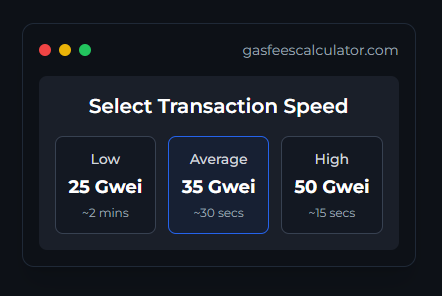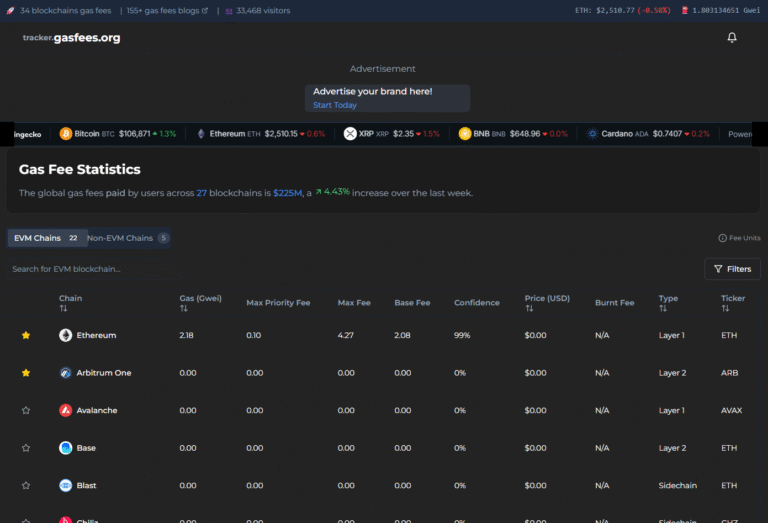Understanding Ethereum Gas Fees: What You Need to Know
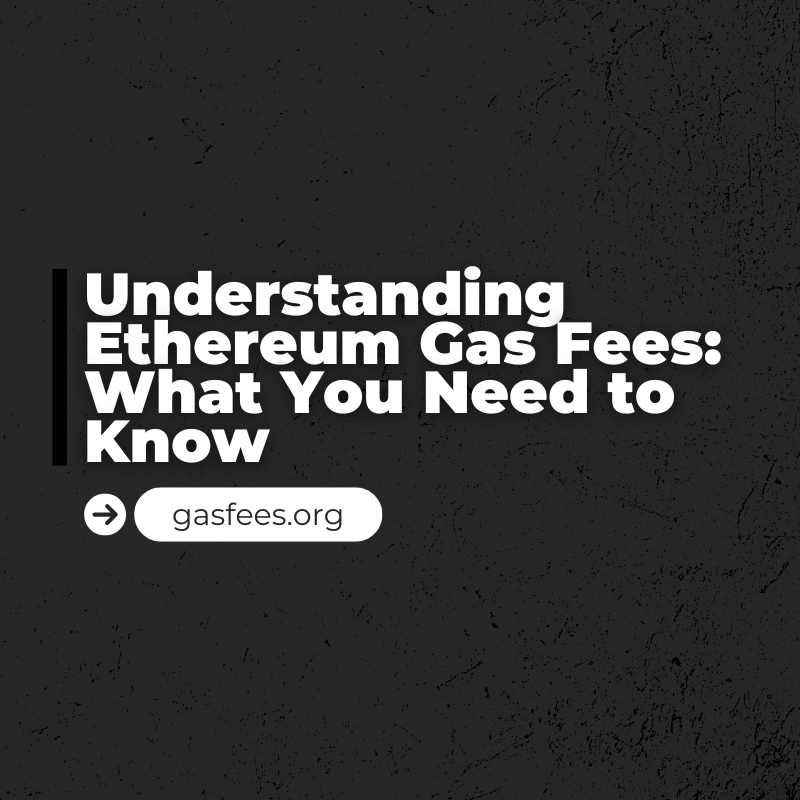
Ethereum gas fees are the costs of executing transactions and smart contracts on the Ethereum network. This guide explains how gas fees are calculated, why they fluctuate, and tips for minimizing costs. Whether you’re a developer or user, understanding Ethereum gas fees is essential for efficient blockchain interactions.
What Are CELO Gas Fees?

CELO gas fees are the transaction costs associated with executing operations on the Celo blockchain, which focuses on providing decentralized financial services to mobile users. These fees, paid in CELO tokens, help maintain network security and ensure efficient transactions. Understanding CELO gas fees is crucial for optimizing costs when sending payments, interacting with smart contracts, or using decentralized applications on the Celo network.
What Are Aurora Gas Fees?
Aurora is a layer-2 scaling solution built on the NEAR Protocol, designed to enhance Ethereum compatibility while offering faster transactions and lower costs. Gas fees on Aurora are the costs incurred for processing transactions or executing smart contracts on its blockchain. These fees are paid in ETH, as Aurora operates as an Ethereum Virtual Machine (EVM)-compatible layer, but they are significantly lower than Ethereum mainnet fees due to Aurora’s integration with NEAR’s scalable infrastructure.
The gas fee structure in Aurora is dynamic, based on the computational resources required for a transaction and network congestion. For instance, simple transfers may cost a fraction of a cent, while complex DeFi interactions could be slightly higher but still cost-effective compared to Ethereum. Aurora’s design allows developers to customize gas fee payments, enabling features like gasless transactions for users (where developers cover fees) or paying fees with custom tokens instead of ETH.
To optimize costs, users can leverage Aurora’s high throughput and low-latency network, which minimizes fee spikes during peak usage. Tools like Aurora’s block explorers or wallet integrations provide real-time fee estimates, helping users make informed decisions. By combining Ethereum’s developer-friendly ecosystem with NEAR’s efficiency, Aurora’s gas fees offer a compelling balance of affordability and performance for DeFi, gaming, and NFT applications.
What Are Optimism Gas Fees?
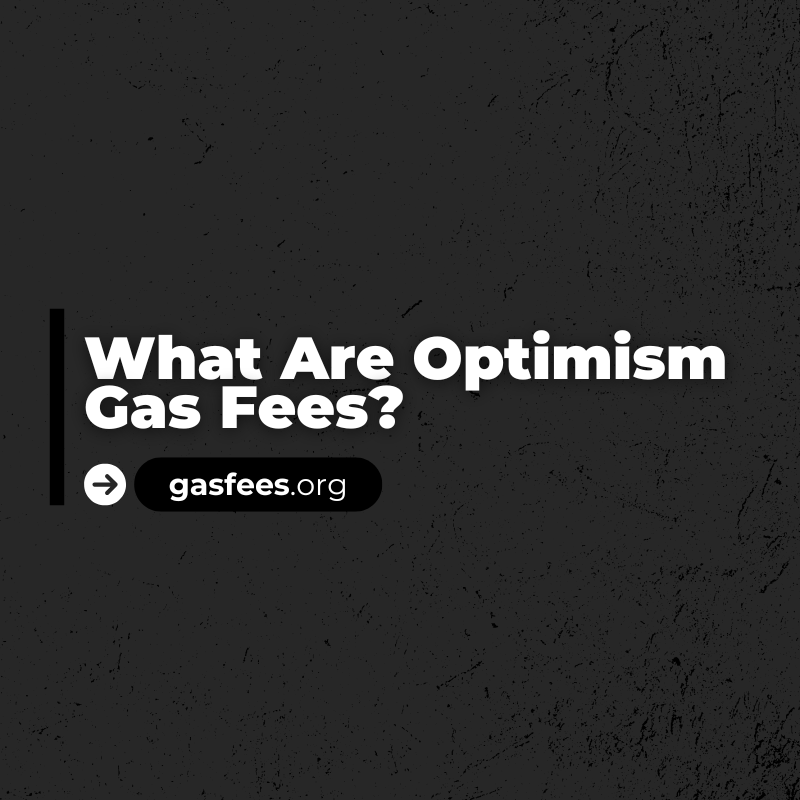
Optimism gas fees are the transaction costs associated with executing operations on the Optimism Layer 2 network, which aims to scale Ethereum by reducing congestion and lowering fees. These fees, paid in ETH, are typically much lower than those on the Ethereum mainnet, enabling faster and more cost-effective transactions. Understanding Optimism gas fees can help users optimize their costs when interacting with decentralized applications (dApps) on this layer-2 network.
What Are Kava Gas Fees?
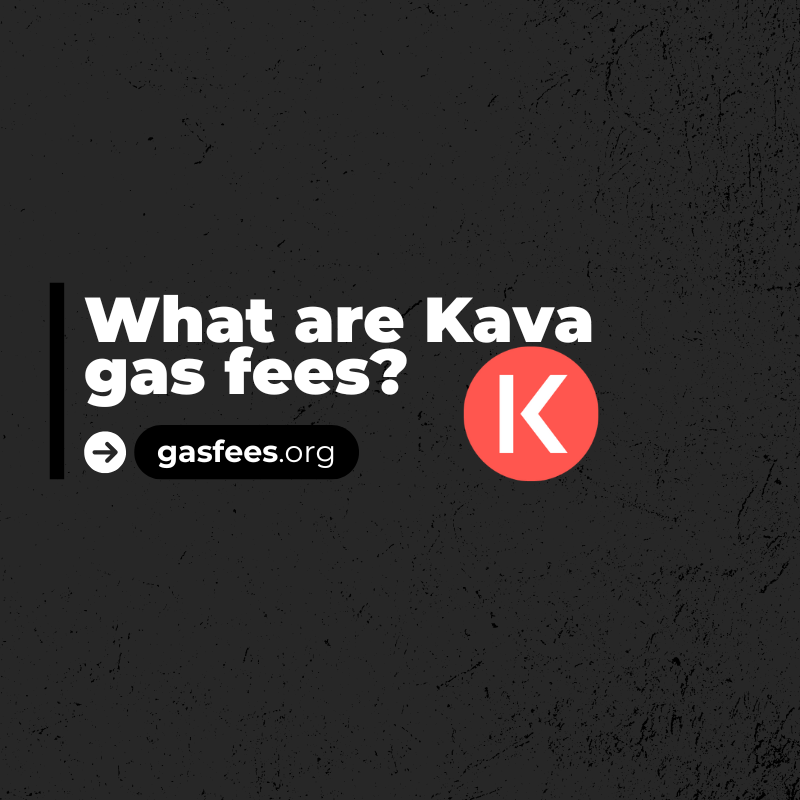
Kava Gas Fees are the transaction costs required to perform operations on the Kava blockchain, a decentralized finance (DeFi) platform built for cross-chain services.
Gas fees are paid in KAVA tokens and are used to compensate validators for processing transactions and securing the network.
The fees vary based on network demand, transaction complexity, and the specific operation being performed. Kava’s scalable infrastructure helps to keep these gas fees relatively low, making it an attractive option for users looking to engage in DeFi activities, such as lending, borrowing, and staking across multiple blockchain ecosystems.
What Are Aptos Gas Fees?
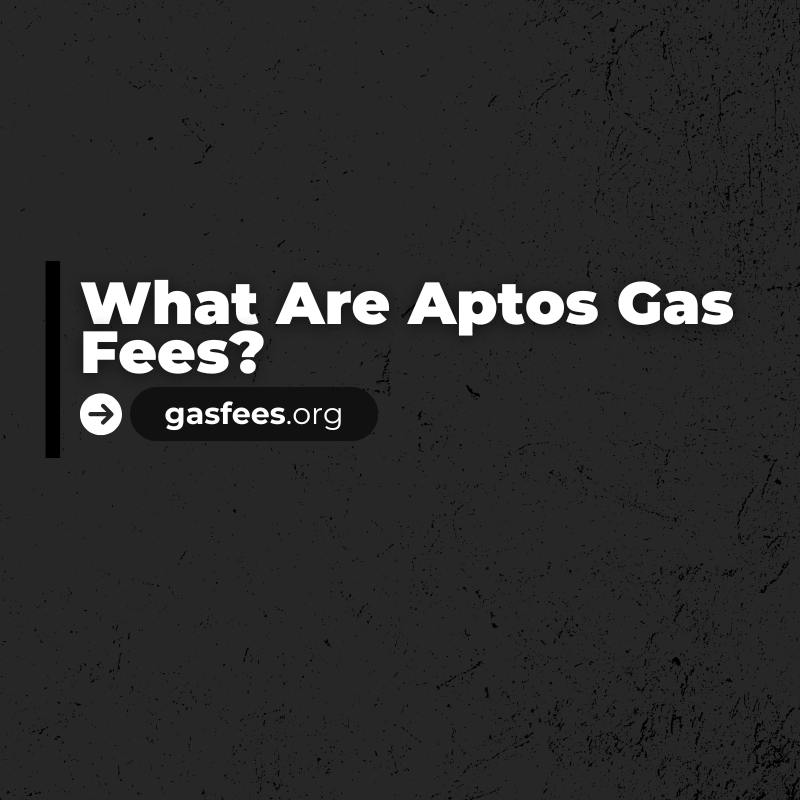
Aptos gas fees are the costs associated with transactions on the Aptos blockchain, designed for high-speed and scalable decentralized applications. This guide explains how Aptos gas fees are calculated, what factors influence them, and how they compare to other blockchains. Learn how to manage your costs effectively while using the Aptos network.
